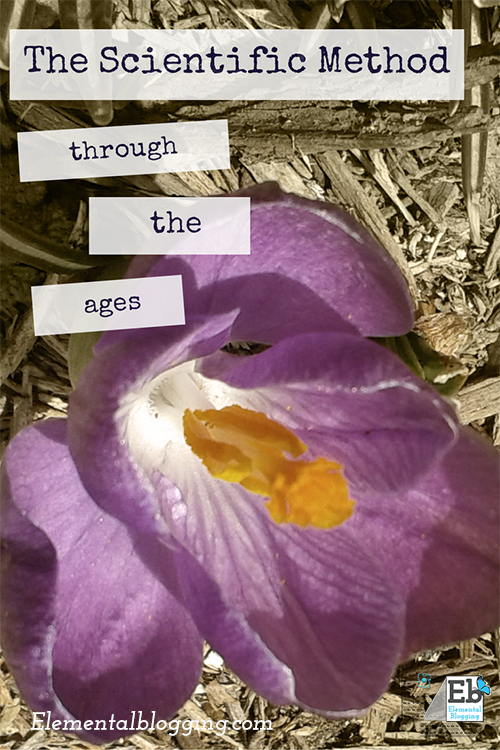 As you all know by now, I feel that the scientific method is one of the foundational tools of science. I believe that no high school student should graduate without a firm grasp of this concept and that simply memorizing the steps is not enough.
As you all know by now, I feel that the scientific method is one of the foundational tools of science. I believe that no high school student should graduate without a firm grasp of this concept and that simply memorizing the steps is not enough.
Students need to have used the aspects of the technique over and over until it becomes a natural habit. The goal is to have them fully etch this process into their minds before they move on to college.
So, the scientific method is something that we need to begin to instruct from the very start.
But how do you really teach a preschooler or elementary student to use the scientific method?
And for that matter, how would it differ from how you taught a middle or high school student?
In today’s Homeschool Science Corner, I want to share with you the basics of the scientific method and how you can share these principles with your students throughout their educational journey.
What is the Scientific Method?
In a nutshell, the scientific method teaches the brain to logically examine and process all the information it receives. It requires that one observes and tests before making a statement of fact.
The main steps of the scientific method are:
- Ask a Question
- Research the Topic
- Formulate a Hypothesis
- Test with Experimentation
- Record and Analyze Observations and Results
- Draw a Conclusion
Using the scientific method will teach the students to look at all the evidence before drawing conclusions. It sounds like a lofty idea, but in reality it is an integral part of science education.
Incorporating the Steps through the Ages
Students need to interact with the concepts laid out in the scientific method over and over again. This repeated engagement will increase their analytical skills and sharpen their understanding of how science works.
So, how do we as homeschoolers provides these opportunities for our students?
During the Preschool & Elementary Years
Preschool and elementary students can be introduced to the principles of the scientific method through representation. We can do this by:
- Emphasizing curiosity across the subject lines which allows the students to become familiar with step one;
- Modeling steps four through six to our students during regular scientific demonstrations.
By allowing these students to learn science through observation based methods, we are representing different portions of the scientific method. This serves to build the skills they will need in the coming years.
During the Middle School Years
Middle school students can interact with the principles of the scientific method through hands-on, inquiry-based experiences. During these years we can:
- Begin to allow these students to perform their own experiments, under our guidance;
- Offer them a chance to use the scientific method from start to finish through the science fair project.
The key is to allow middle school students to have real-life, hands-on, inquiry-based interaction with the scientific method in a controlled environment. By giving them these opportunities, we are creating a pathway for etching this process into their minds.
During the High School Years
High school students can gain competency with the principles of the scientific method through repeated application. At this point we need to:
- Offer them the freedom to manage their own experiments and draw their own conclusions;
- Continue to lead them through the process of answering their own scientific questions.
These students are learning how to be in the driver’s seat of their educational journey. We can provide them with the source of the information they need, while still permitting them the freedom to uncover what they need to know.
In other words, we can mentor high school students as they learn to follow the steps of the scientific method on their own.
Conclusion
Allowing our students to interact with the steps of the scientific method through representation, hands-on experience, and repeated applications during the course of their educational journey will serve to firmly etch this foundational concept into their minds.
 Sign up below to receive weekly tips & tools for homeschool science and we'll send you a FREE copy of
Sign up below to receive weekly tips & tools for homeschool science and we'll send you a FREE copy of 